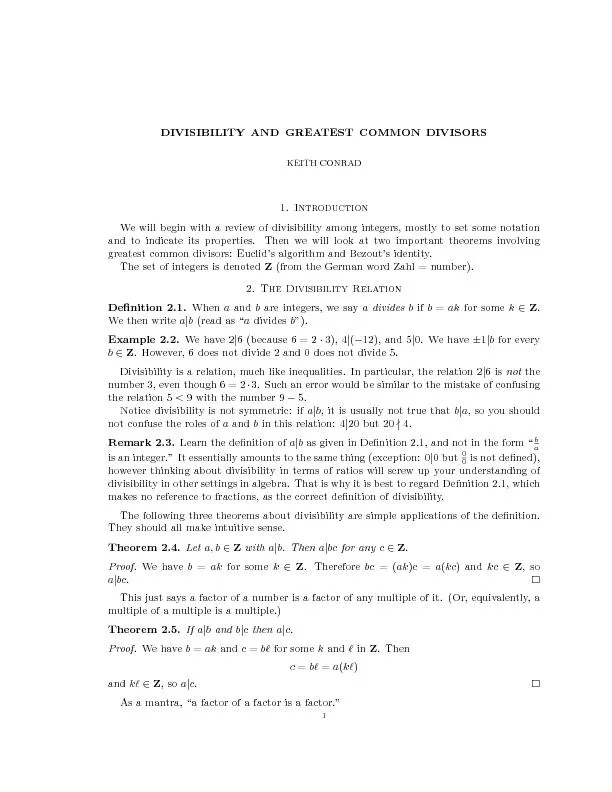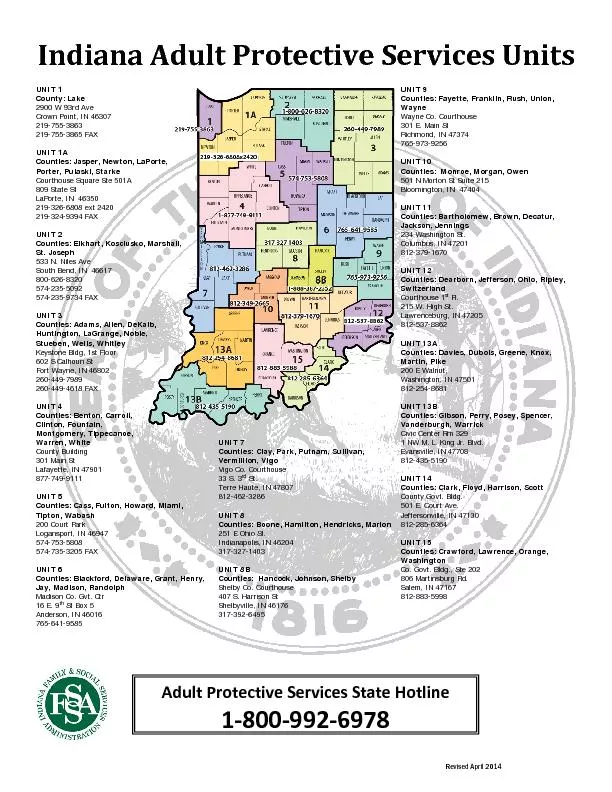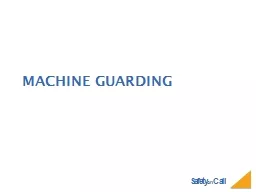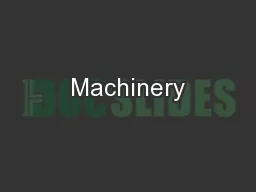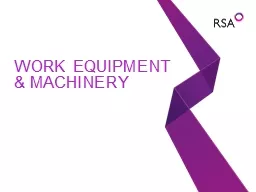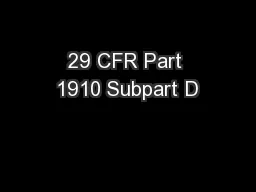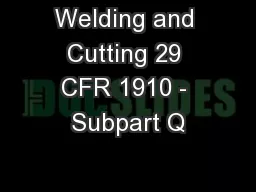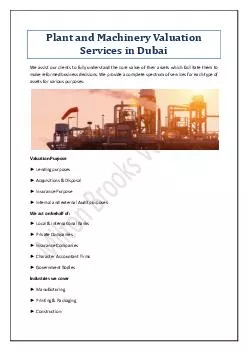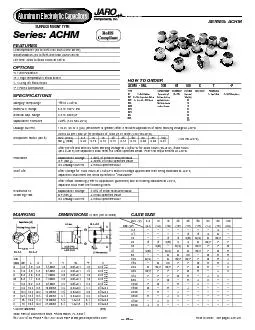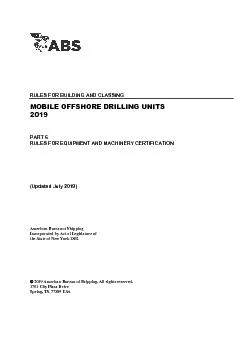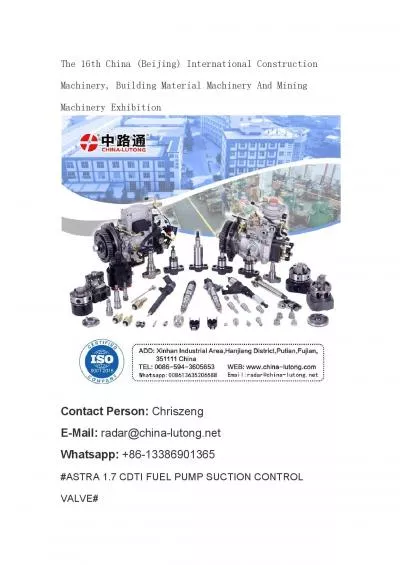PPT-Machinery and Machine Guarding 29 CFR 1910.211–219 29 CFR 1910.241–244
Author : myesha-ticknor | Published Date : 2019-11-01
Machinery and Machine Guarding 29 CFR 1910211219 29 CFR 1910241244 Presented by ETTA 9198072875 Objectives To enable students to identify and understand the following
Presentation Embed Code
Download Presentation
Download Presentation The PPT/PDF document "Machinery and Machine Guarding 29 CFR ..." is the property of its rightful owner. Permission is granted to download and print the materials on this website for personal, non-commercial use only, and to display it on your personal computer provided you do not modify the materials and that you retain all copyright notices contained in the materials. By downloading content from our website, you accept the terms of this agreement.
Machinery and Machine Guarding 29 CFR 1910.211–219 29 CFR 1910.241–244: Transcript
Download Rules Of Document
"Machinery and Machine Guarding 29 CFR 1910.211–219 29 CFR 1910.241–244"The content belongs to its owner. You may download and print it for personal use, without modification, and keep all copyright notices. By downloading, you agree to these terms.
Related Documents


